Surely you will occasionally come across images of beautifully blooming dry lotus flowers with captivating colors. However, are you aware that dry lotus serves more purposes beyond its decorative appeal? This article will explore the meaning, symbolism, cultivation techniques, and maintenance considerations for dry lotus.
Exploring the Benefits and Uses of Dry Lotus
What is the History and Significance of the Dry Lotus Seed?
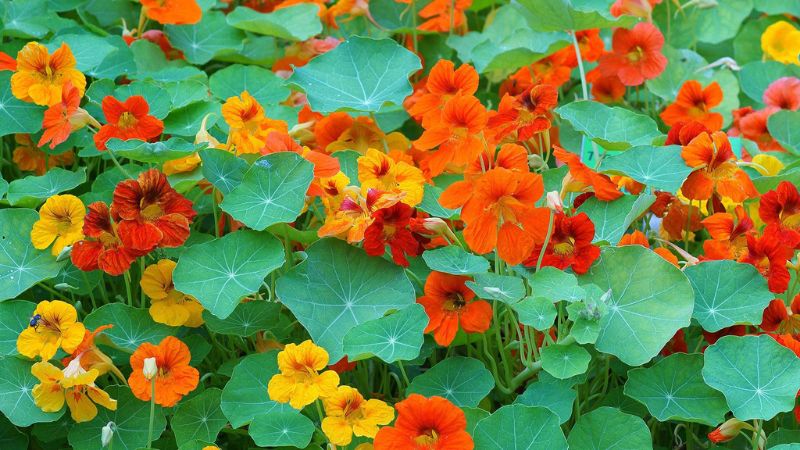
Origin and meaning of dry lotus
The scientific name for dry lotus, also known as Indian cress or garden nasturtium, is Tropaeolum majus L.
The dry lotus is a plant species that was first discovered in the 16th century in Peru. It is known for its vibrant red flowers, which earned it the nickname “the blood-colored flowers” of Peru. Later on, the dry lotus was also found in Mexico and Chile.
Today, the dry lotus is widely imported and cultivated in Vietnam.
This plant species has a fascinating significance. It is recognized as a symbol of success, representing perseverance and the ability to overcome obstacles.
Exploring the Symbolism of the Dry Lotus in Feng Shui
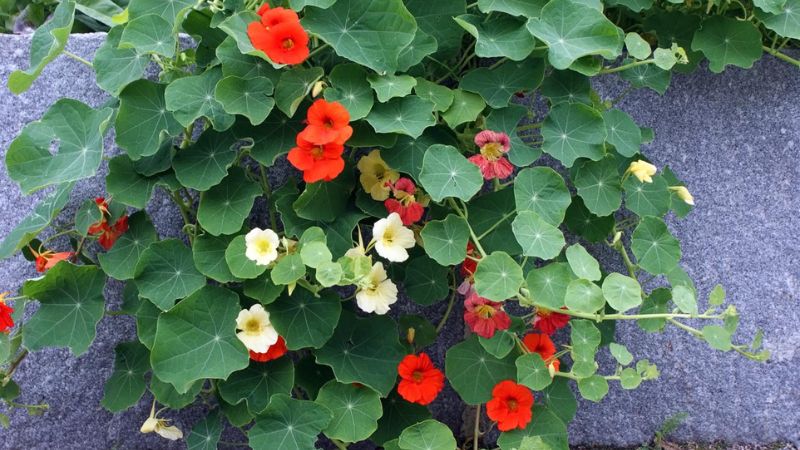
The Feng Shui meaning of a dry lotus.
According to the principles of Feng Shui, flowers are commonly associated with red and yellow colors, symbolizing luck and tranquility. In adherence to the five-element Feng Shui law, the red dry lotus flowers align with the Fire element, while the yellow flowers represent the Metal element. Consequently, this plant is highly recommended for individuals embodying Fire, Metal, and Earth elements, as it harmonizes well with their energies.
Classifying the Characteristics of Dry Lotus

Characteristics and classification of dry lotus
The Dry Lotus plant gets its name from the striking resemblance of its leaves to those of the lotus flower. This plant typically reaches a height of 20-25cm, although with proper care, it can grow up to 50cm in height. The flowers of the Dry Lotus display an array of colors, including vibrant shades of pink, red, orange, yellow, and white. Each flower boasts 5 petals and grows in the space between the leaves.
The flower petals of the lotus are known for their irregular shape and vibrant colors, making them a beautiful sight all year round. The large fruit of the lotus plant contains three seeds. In terms of its stem, the dry lotus can be categorized into two types: those with woody stems and those with herbaceous stems.
Exploring the Health Advantages of Dry Lotus Seeds
Negative Impact on Health of Excessive Workload
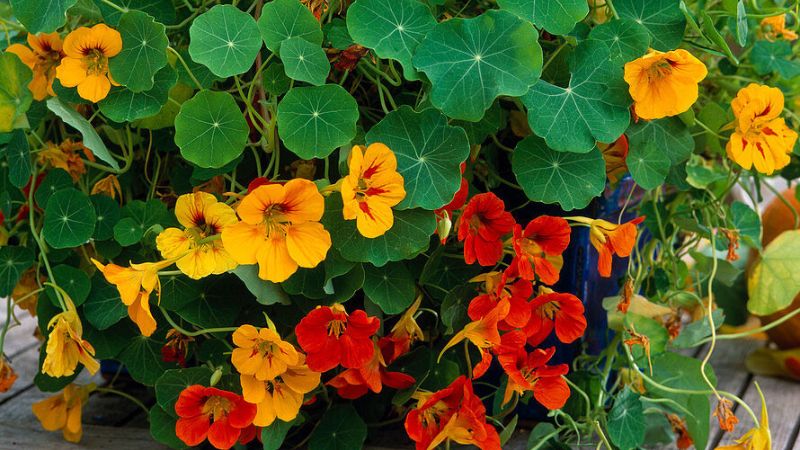
Effects on health
In Oriental medicine, dry lotus is highly regarded for its various medicinal properties, ranging from its flowers to its leaves. With its cool nature and a delicate blend of spicy and sour tastes, dry lotus is effectively utilized for the treatment of several ailments. It is known for its abilities to alleviate cough, control bleeding, cool the body, detoxify, regulate menstruation, promote intestinal lubrication, and facilitate diuresis. Thus, making it an invaluable ingredient in the field of Oriental medicine.
Individuals with a prior history of gastric ulcers or those currently experiencing symptoms should exercise caution when using dry lotus. It is recommended that they seek guidance from qualified professionals before incorporating it into their routine, as it may potentially irritate the gastric mucosa.
Treating Cold and Cough
Ingredients
-
20-30g fresh dry lotus leaves (or 2-3g dry lotus seeds)
- 100ml water
Steps to Follow:
- Read through the set of instructions carefully.
- Make sure you have all the necessary tools and materials at hand.
- Start by performing the first step described in the instructions.
- Double-check your work to ensure accuracy.
- Move on to the next steps, following the same process.
- Take your time and work at a comfortable pace.
- If you encounter any difficulties or have questions, consult the provided resources or seek assistance.
- Once you have completed all the steps, review your work and make any necessary adjustments.
- Clean up your workspace and properly dispose of any waste materials.
- Finished! Admire your completed work and enjoy the results.
Step 1:
Crush the dry lotus leaves or dry lotus seeds.
- Step 2: Put the crushed dry lotus leaves or dry lotus seeds into boiling water and let it soak for about 5-10 minutes.
- Divide the mixture into 2-3 portions and consume them after meals.
When it comes to treating hair loss, there are several options available. It’s important to consult a professional to determine the best course of action for your specific situation. Some treatment options may include:
- Medication: Certain medications, such as minoxidil or finasteride, may be prescribed to help slow down hair loss or promote hair regrowth.
- Topical treatments: Some topical treatments, such as shampoos or serums, may be recommended to help improve the health of the scalp and strengthen the hair.
- Hair transplant surgery: In cases of severe hair loss, hair transplant surgery may be an option. This involves removing hair follicles from one area of the body and transplanting them to areas with thinning or no hair.
- Lifestyle changes: Making certain lifestyle changes, such as reducing stress, eating a healthy diet, and avoiding harsh hair treatments, may also help improve the health of your hair.
Remember, every individual is different, and what works for one person may not work for another. It’s important to consult a professional and discuss your options before making any decisions about treating hair loss.
Ingredients
-
100g fresh dry lotus leaves
-
100g of fresh, dry lotus seeds
-
1 liter of water
How to Do
- Step 1: Wash the ingredients with water.
- Step 2: Place the ingredients into a pot with 1 liter of warm water and simmer until the liquid reduces to 300ml.
- Step 3:
Apply the obtained water to the hair once a day.
Cafe Cat’s Menu Offers Selection of Food and Drinks

Ingredients for food and drinks
Dry lotus flowers and leaves can be used in various ways, such as as side dishes, salads, or cooked in soup or stew with potatoes. Additionally, the flower buds and fruit have a flavor reminiscent of watercress and are commonly soaked in vinegar for use as a seasoning. Furthermore, the vibrant and colorful flowers can be utilized as food decorations, adding a vibrant touch to any dish.
Guide to Planting and Caring for Dry Lotus Seeds
How to Grow a Dry Lotus Plant at Home

How to plant dry lotus at home
Choose loose soil with high air permeability and rich in nutrients. The optimal climatic conditions for planting dry lotus are a temperature range of 16-28 degrees Celsius and an average humidity of 50-70%. Dry lotus is quite sensitive and difficult to develop under extreme temperature or humidity levels, hence it is important to maintain these ideal conditions for successful growth.
When beginning the planting process, delicately remove the outer shell of the seed. Create a small indentation in the pot, and carefully place the seed inside before covering it with soil. Ensure the seed is adequately watered. Once the plant has established its root system, consider relocating it to the backyard where it can thrive in a shaded area or beneath the expansive canopy of a large tree.
Tips for Keeping Lotus Leaves Healthy During Summer
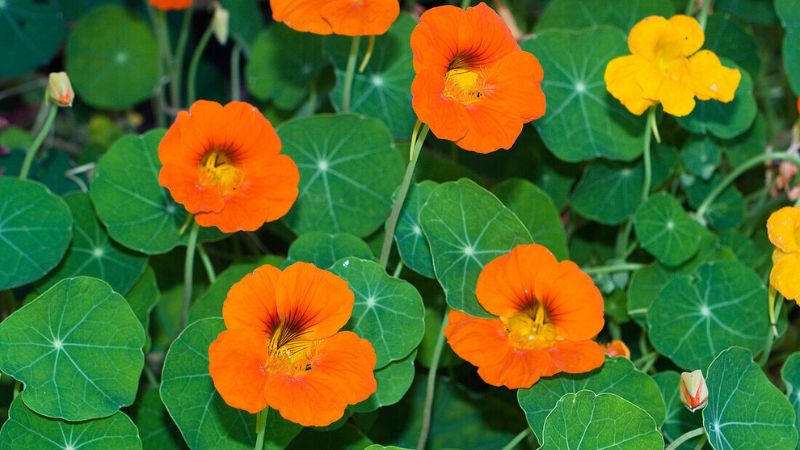
A guide on how to properly care for dry lotus plants.
It is important to properly care for dry lotus plants in order to promote healthy growth. When the soil in the planting area becomes dry, it is recommended to water the plants 2-3 times per week. Additionally, adding fertilizer to the soil can provide essential nutrients for the plant’s development.
To ensure the well-being of the plants, it is advisable to regularly monitor their growth. By doing so, you can identify and address any potential issues such as infestations of red spider mites. If these pests are detected, swift action should be taken by applying insecticide to control their presence.
Tips for Planting and Caring for Dry Lotus
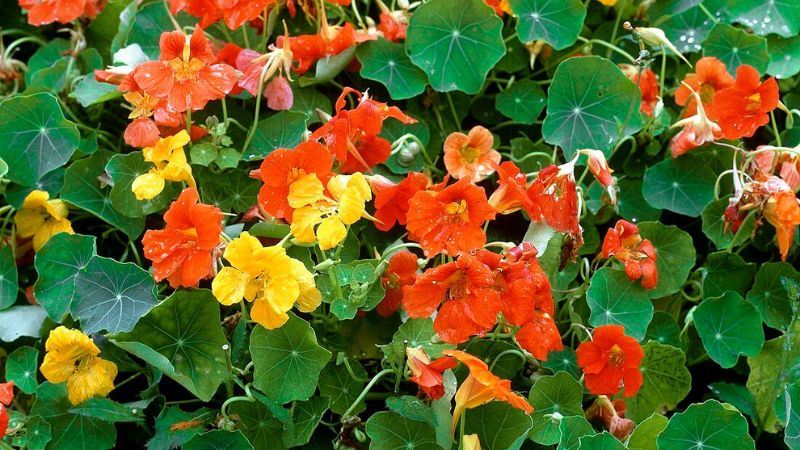
Note when planting and taking care of dry lotus
To ensure optimal growth, it is recommended to plant dry lotus in well-ventilated and cool environments, avoiding excessive heat. Providing shade while ensuring sufficient light is paramount. Therefore, it is ideal to sow seeds during the months of March and April.
The dry lotus plant is both resilient and low-maintenance, making it an ideal choice for any garden. However, it is still susceptible to insect infestations. Therefore, it is important to closely monitor the plant’s growth and intervene promptly if any issues arise.
“Spectacular Photos of Dried Lotus Leaves”
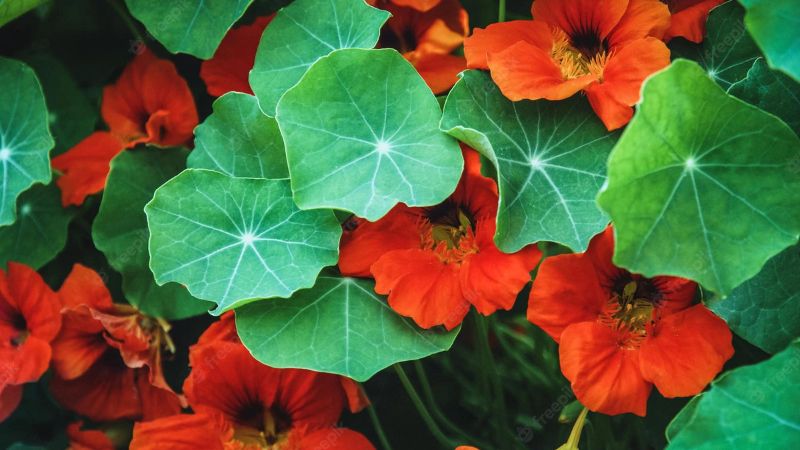
Red dry lotus flower

This image shows the application of dry lotus in decoration.
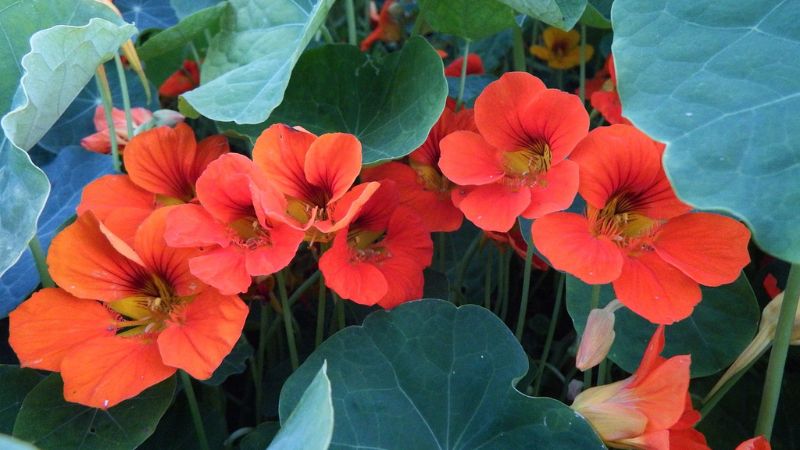
Dry lotus flowers are both attractive and useful
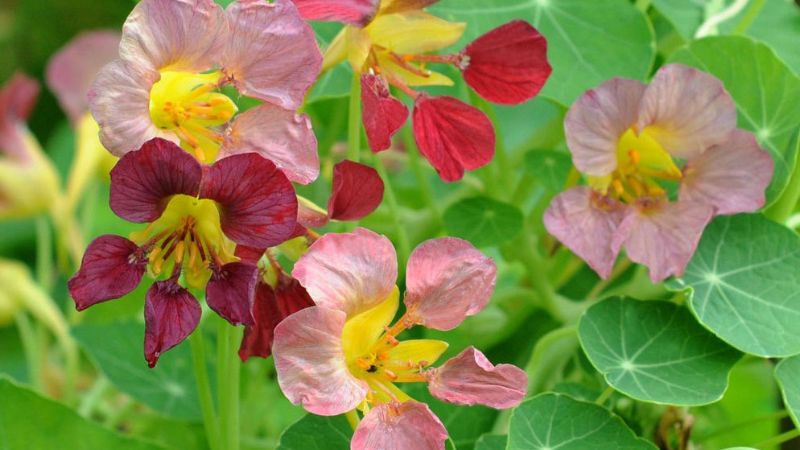
The dry lotus plant has various applications in medicine.
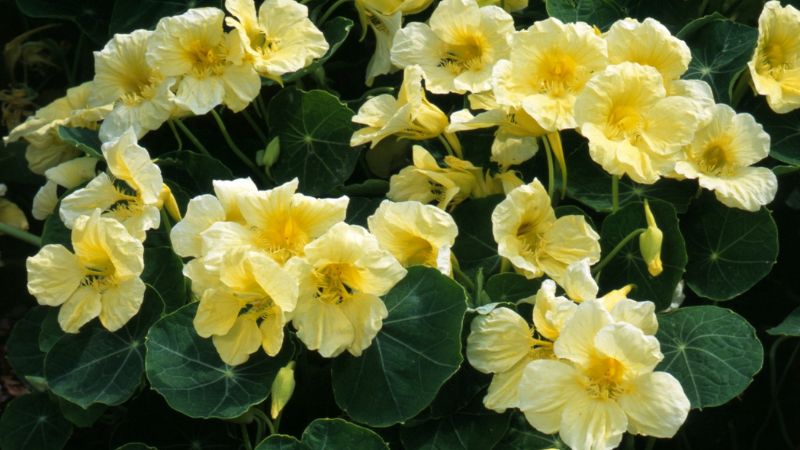
White dry lotus flower

Blooming dry lotus

Bright color of flower petals
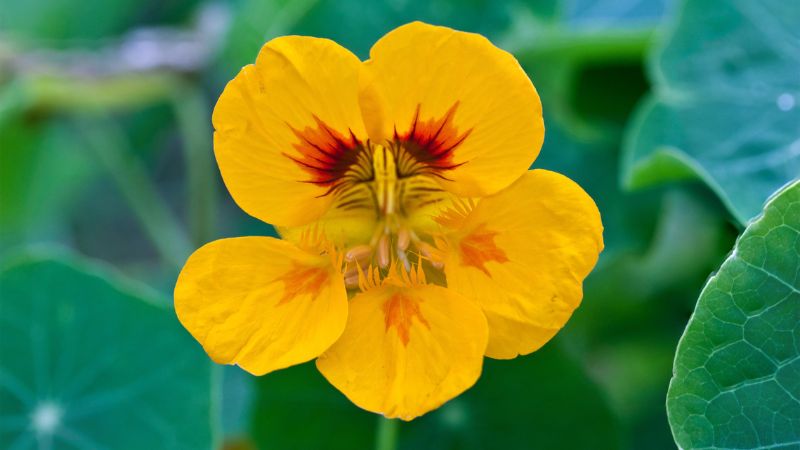
Fresh yellow dry lotus flower
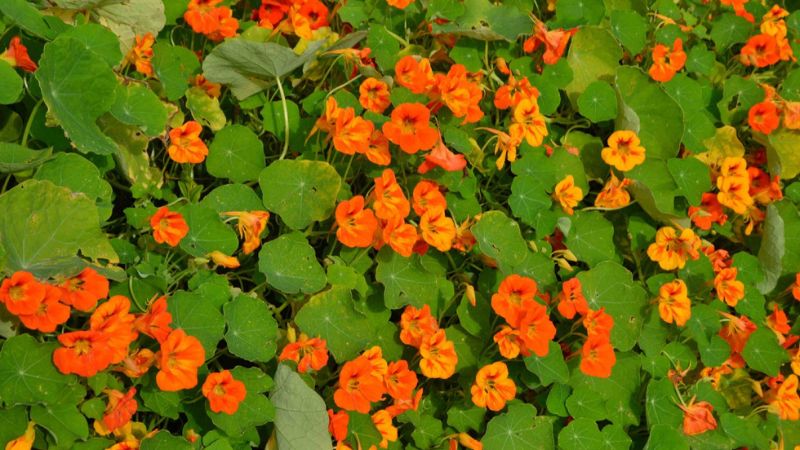 Dry lotus flowers under the sun
Dry lotus flowers under the sun
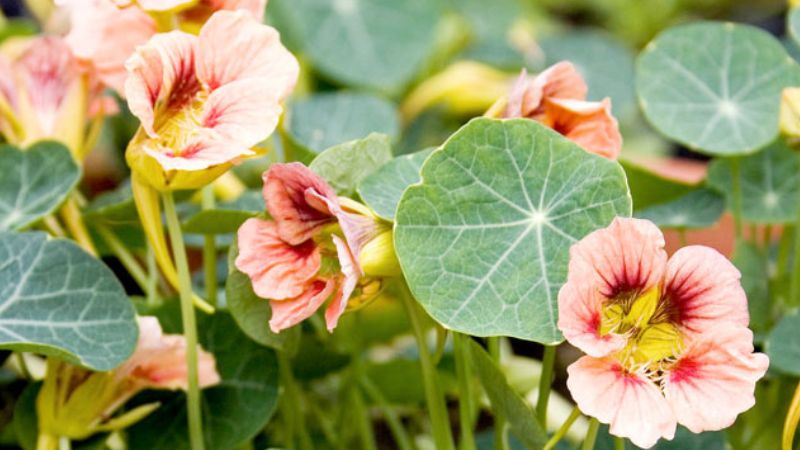
Dry lotus flowers






































